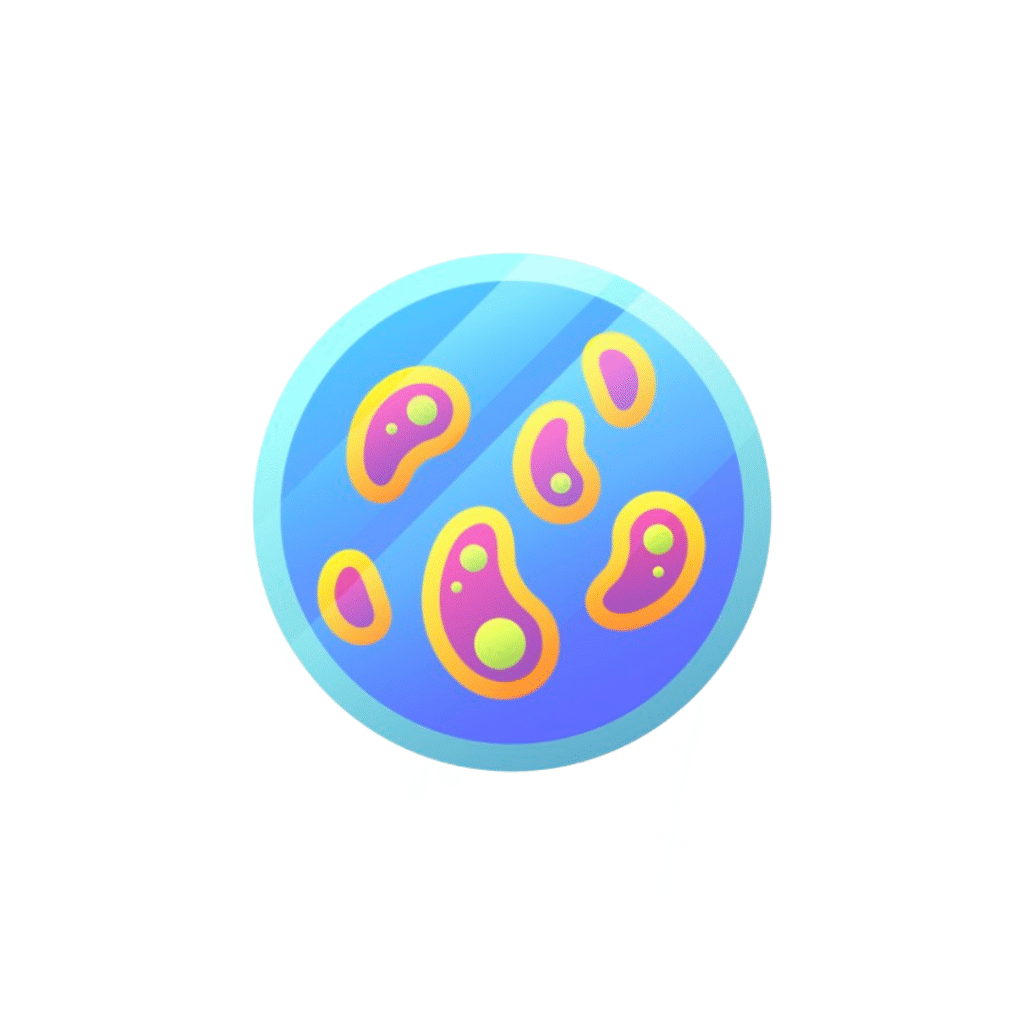Biology Explorer: Microorganisms in Hay Infusion
Explore the fascinating world of microorganisms that develop in hay infusion cultures. Learn to identify different microorganisms and understand their characteristics and ecological roles.
Help & Instructions
▼- Microorganism Identification: Identify microorganisms based on their characteristics
- Microscope View: Observe microorganisms in a simulated hay infusion sample
- Use the hint button if you need help with identification
- Try different difficulty levels to challenge yourself
- Identify common microorganisms found in hay infusions
- Understand the characteristics of different microorganisms
- Learn about microbial ecology in aquatic environments
- Develop scientific observation and classification skills
Microorganism Identification
Identify the microorganism based on the description and characteristics.
Microscope View: Hay Infusion Sample
Observe the microorganisms in this simulated hay infusion sample under the microscope.
A hay infusion is a simple method for culturing microorganisms by steeping hay in water. This creates an environment rich in nutrients that supports the growth of various microorganisms including bacteria, protozoa, algae, and fungi. The succession of microorganisms follows a predictable pattern as the infusion ages.
Microorganisms in Hay Infusion
Protozoa are often the most visible microorganisms in hay infusions:
- Paramecium: Ciliate protozoan with hair-like cilia for movement
- Amoeba: Moves using pseudopodia (false feet)
- Euglena: Flagellate that can photosynthesize
- Vorticella: Bell-shaped ciliate attached by a contractile stalk
Hay infusions show predictable changes in microbial populations over time:
- Early stage (1-3 days): Bacteria dominate as they break down organic matter
- Middle stage (4-7 days): Protozoa populations increase as they feed on bacteria
- Late stage (8+ days): Algae may appear if light is available; diversity decreases as nutrients are depleted
Studying hay infusions helps understand microbial ecology, nutrient cycling, and population dynamics. These simple ecosystems demonstrate fundamental biological principles that apply to larger, more complex ecosystems.



